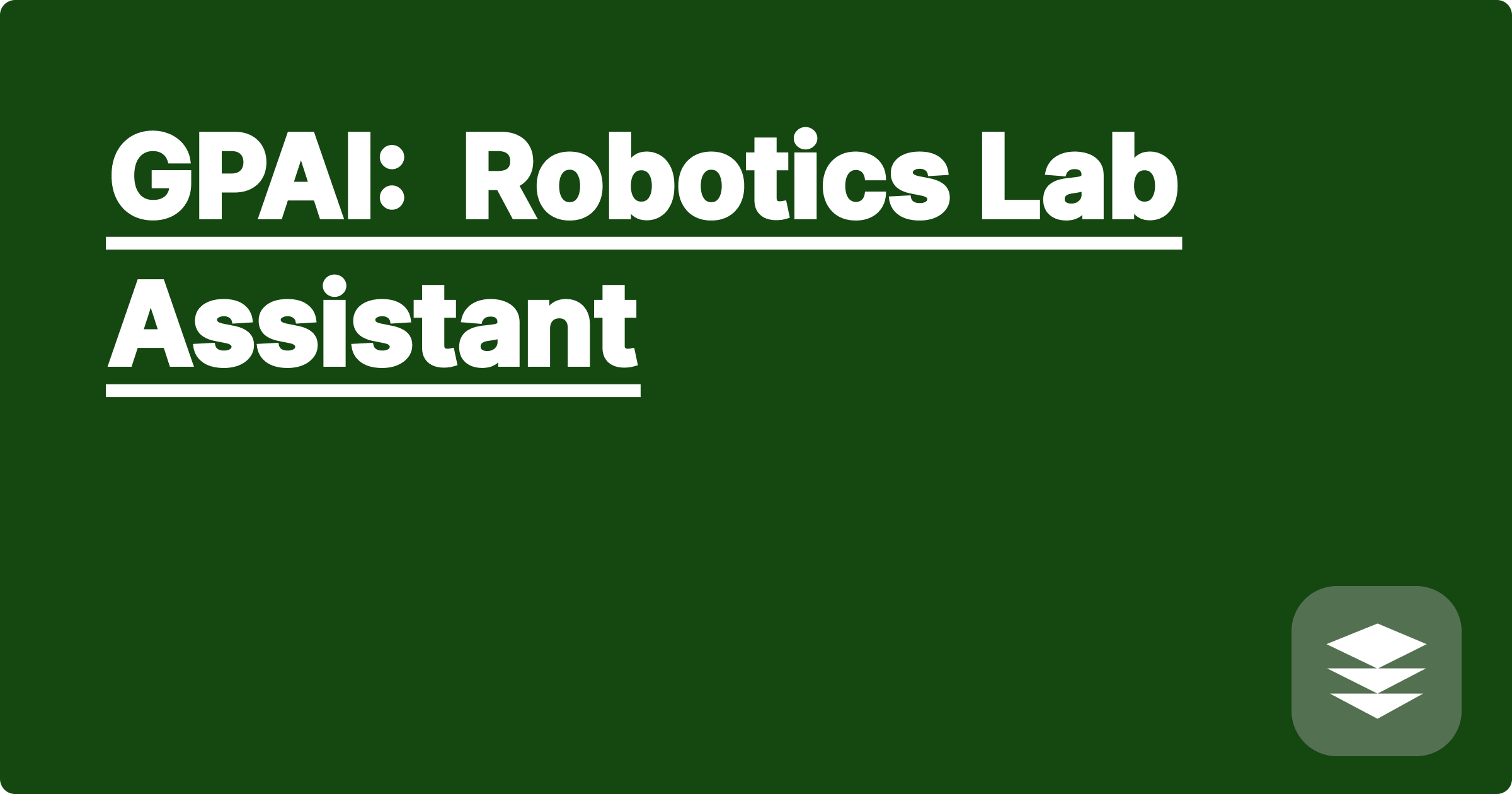
The world of STEM is exhilarating, pushing the boundaries of human knowledge and innovation. However, the sheer volume of information, complex concepts, and demanding lab work can feel overwhelming, even for the most dedicated students. Imagine a world where you have a personalized robotic lab assistant, powered by AI, guiding you through experiments, analyzing data, and even suggesting innovative solutions. This isn't science fiction; it's the potential of AI tools like GPAI, a conceptual AI-powered learning platform, and other readily available resources that can revolutionize your STEM learning journey. These tools can help you navigate the complexities of your field, boost your efficiency, and ultimately, unlock your full potential as a STEM innovator.
This blog post isn't just about the latest shiny AI toy; it's about equipping you with the practical knowledge and strategies to thrive in your STEM education and research. We'll delve into the challenges faced by STEM students, specifically focusing on robotics lab work, and explore how AI can be a game-changer. We'll discuss GPAI, our conceptual AI lab assistant, and other practical AI tools like ChatGPT, Claude, and Wolfram Alpha, providing real-world examples and actionable tips for integrating these technologies into your workflow. This is about empowering you to take control of your learning, optimize your time, and ultimately, achieve your academic and career goals.
Robotics labs are exciting spaces, brimming with potential for discovery and innovation. However, they can also be incredibly challenging. Building and programming robots requires a diverse skillset, from mechanical engineering and electronics to coding and data analysis. Experiments can be time-consuming, requiring meticulous setup, calibration, and troubleshooting. Analyzing the resulting data can be equally daunting, involving complex statistical methods and data visualization techniques. Furthermore, keeping up with the latest advancements in robotics and AI, while simultaneously managing coursework and other commitments, can feel like an impossible juggling act. This often leads to frustration, burnout, and a feeling of being overwhelmed by the sheer complexity of the field.
Imagine having a virtual lab assistant by your side, guiding you through every step of the process. This is where AI tools like our conceptual GPAI platform and others come into play. GPAI, as we envision it, could generate personalized learning plans based on your specific needs and learning style. It could analyze your lab performance, identify areas for improvement, and suggest targeted resources and exercises. Think of it as a personalized tutor, available 24/7, to help you master complex concepts and techniques. Beyond GPAI, existing tools like ChatGPT and Claude can be invaluable for understanding complex research papers, brainstorming project ideas, and even generating code snippets. Wolfram Alpha can assist with complex calculations, data analysis, and even provide step-by-step solutions to mathematical problems.
Let's walk through a practical scenario. Imagine you're tasked with designing a robot arm to perform a specific task, like picking and placing objects. You could use ChatGPT to research different robotic arm designs, prompting it with questions like, "What are the advantages and disadvantages of different gripper types?" or "How can I optimize the trajectory planning for a pick-and-place task?" Once you have a basic design, you can use Wolfram Alpha to calculate the necessary torque and force requirements for the arm's motors. During the building and testing phase, you could use GPAI (conceptually) to troubleshoot any issues you encounter. For example, if the arm isn't moving as expected, GPAI could analyze the sensor data and suggest potential solutions, like adjusting the motor parameters or recalibrating the sensors.
Consider a scenario where you're working with a computer vision algorithm for your robot. You're struggling to understand a specific parameter in the algorithm. You could use ChatGPT to explain the parameter's function in simpler terms and even provide examples of how it affects the algorithm's performance. For instance, you could ask, "What is the role of the 'learning rate' in a convolutional neural network?" Another example could be using Wolfram Alpha to analyze data from your robot's sensors. You could input the data into Wolfram Alpha and ask it to calculate statistical measures like mean, variance, and standard deviation, or even generate visualizations like histograms and scatter plots.
Integrating AI tools into your workflow requires a strategic approach. Don't just rely on these tools to do the work for you; use them to augment your learning and research. Start by identifying your specific challenges and then explore how AI tools can address those needs. Experiment with different tools and find the ones that best fit your learning style and workflow. Don't be afraid to ask for help. Online forums and communities can be invaluable resources for learning how to use these tools effectively. Most importantly, remember that AI is a tool, not a replacement for critical thinking and problem-solving skills.
To conclude, navigating the complexities of STEM, particularly in demanding areas like robotics, requires embracing innovative approaches. AI tools like our conceptual GPAI, along with existing resources like ChatGPT, Claude, and Wolfram Alpha, offer a powerful suite of tools to enhance your learning and research. By strategically integrating these technologies into your workflow, you can not only improve your understanding of complex concepts but also develop the skills and knowledge necessary to excel in your chosen field. Start exploring these tools today, and discover how AI can empower you to unlock your full potential as a STEM innovator. The future of STEM is here, and it's powered by AI.